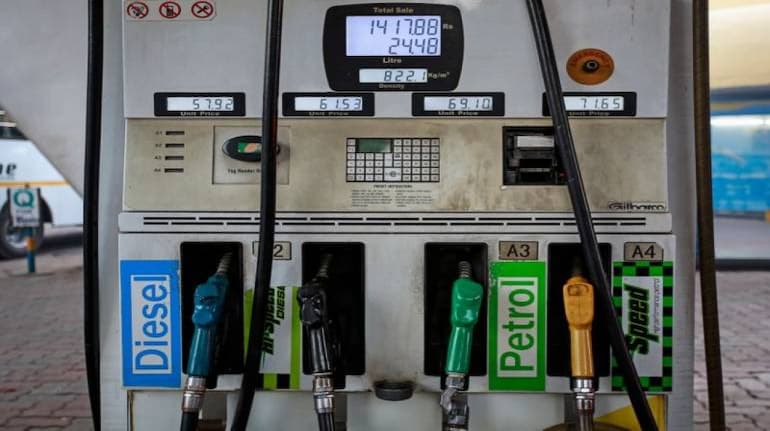



The Road Transport ministry may have notified an increase in the ethanol content in fuel to 20 percent (E20) but the auto industry fears this will lead to reduced engine efficiency and corrosion of a vehicle’s fuel lines.
Raising the fuel blending to E20 could lead to a drop of 4-5 percent in the vehicle’s mileage. Additionally, new anti-corrosion materials will have to replace the traditional metals that come in contact with the fuel, say department heads at the research and development divisions of auto companies.
Blending not even at E10 level currentlyBlending with ethanol, an environment-friendly fuel made from sugarcane or corn, is done only with petrol. The current average nationwide content of ethanol in petrol is around 6 percent though it was made mandatory to have 10 percent (E10) blending back in 2008. All cars made after 2008 are E10 compatible.
“The material of the fuel hoses and some parts needs to be compatible or else there will be corrosion (because of ethanol’s water content) in the long term,” said a senior executive at one of India’s top five carmakers, on condition of anonymity.
On March 8, the Ministry of Road Transport and Highways (MORTH) notified use of E20 and advocated it stating that E20 will decrease carbon monoxide and hydrocarbon emissions significantly compared to normal gasoline in two-wheelers and four wheelers.
Uniformity in availabilityAs per previous directives from the government, E20 was to become mandatory by 2030. However, MORTH is working on the proposal of advancing this deadline to 2025. If the deadline is indeed advanced by five years then it would mean that the current generation of gasoline vehicles just have four more years to run with E10 compatible fuels.
Carmakers will have to make all the supposed changes to all cars in the pipeline much before the assumed date of 2025 and make engines that can run on E20 as well as E10. But owners of existing cars cannot make these changes and all existing cars will be affected.
“We have recommended that there should be two separate tanks at petrol pumps because all the current vehicles will be running at least for the next 10-15 years and they should ideally run only on E10 fuel. E20 fuel in an E10 vehicle could erode parts, which would therefore be a safety issue as they are related to the fuel lines of the vehicle,” said the executive mentioned above.
Automakers are recommending that E20 blending happen uniformly across the country, as this will help the auto industry plan the switch in a synchronised manner just as with the Bharat Stage VI transition.
“Just like BS-6 was made available from April 1, 2020 throughout the country there should be a similar discipline in adopting E20. If the government says that E20 will be mandatory from 2025, we, as manufacturers, can develop our vehicles accordingly,” said the product development head of another carmaker.
“The government should hopefully not ask us to supply E20 vehicles only to UP and Karnataka because ethanol is available there more than elsewhere,” said an executive at a Delhi-based carmaker.
Brazil exampleBrazil is the second-largest producer of ethanol in the world and its government has allowed ethanol blending of up to 25 percent (E25). The US is the largest producer of ethanol and its government has allowed blending to the E10 level.
Carmakers in Brazil have even developed flex engines that can run on E25 (25 percent ethanol and 75 percent gasoline) or Hydrous ethanol (E100) making the South American country one of the single-biggest consumers of ethanol used in powering automobiles.
“Brazil made several vehicle modifications where they operated on ethanol blends of between 14-24 percent. Changes were made to cylinder walls, cylinder heads, valves and valve seats. Changes were made to pistons, piston rings, intake manifolds and carburettors. There was nickel plating of steel fuel lines and fuel tanks to prevent ethanol E20 corrosion,” said Ravi Bhatia, President and Director, Jato Dynamics, an automotive business intelligence provider.

Discover the latest Business News, Sensex, and Nifty updates. Obtain Personal Finance insights, tax queries, and expert opinions on Moneycontrol or download the Moneycontrol App to stay updated!
Find the best of Al News in one place, specially curated for you every weekend.
Stay on top of the latest tech trends and biggest startup news.